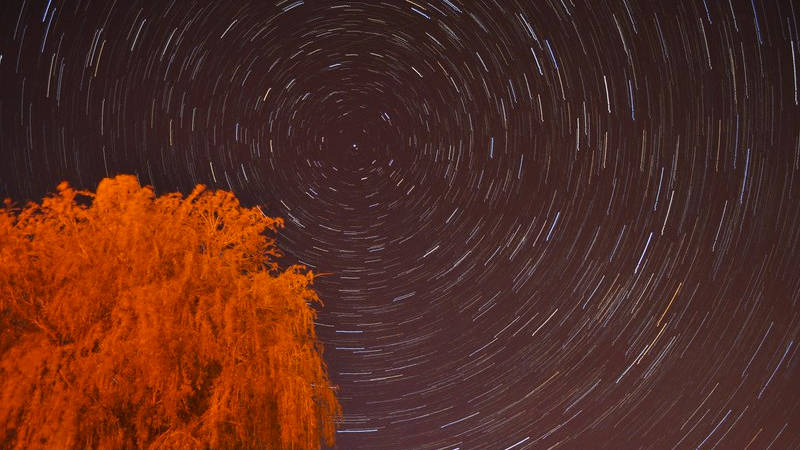European Space Agency will send your message to the North Star
Beam your message up to Polaris

In October 2016, the huge 35-metre satellite dish at Cebreros deep-space tracking station in Spain will spin around to aim at Polaris - the North Star.
With a hum of electronics, it'll begin the broadcast of a digital message in a bottle. A package of data, containing thousands of answers to one of the most pressing questions facing mankind today: "How will our present environmental interactions shape the future?"
The radio waves carrying the message will travel at the speed of light, but they'll still take 434 years to reach their destination. Polaris, located in the constellation of Ursa Minor, is 434 light years away from Earth, and actually consists of five different stars.
For centuries, it has been used for celestial navigation, as it sits almost directly above the Earth's north pole.
Influence the Biosphere
And now it may play a role in our future too. The University of Edinburgh, the UK's Astronomical Technology Centre and the European Space Agency have teamed up to invite people to contribute answers to the above question, joining the ongoing discussion around mankind's place in the history of our planet.
Their project, titled "A Simple Response to an Elemental Message", is - they say - "devised to perpetuate a sustained awareness of our species' capability to influence the biosphere at the scale of the Earth itself during this human-modified Anthropocene era".
That basically means "it's about how humans are screwing up the Earth".
Sign up for breaking news, reviews, opinion, top tech deals, and more.
Anyone on the planet can submit an answer to the question, and more than 2,700 people from 130 countries already have.
If you want to join them, you can - the deadline has just been extended to 16 September 2016, to allow as many people as possible to participate. Visit the project's website to register your contribution.
- Duncan Geere is TechRadar's science writer. Every day he finds the most interesting science news and explains why you should care. You can read more of his stories here, and you can find him on Twitter under the handle @duncangeere.
Image credit: Ashley Dace // CC BY-SA 2.0
